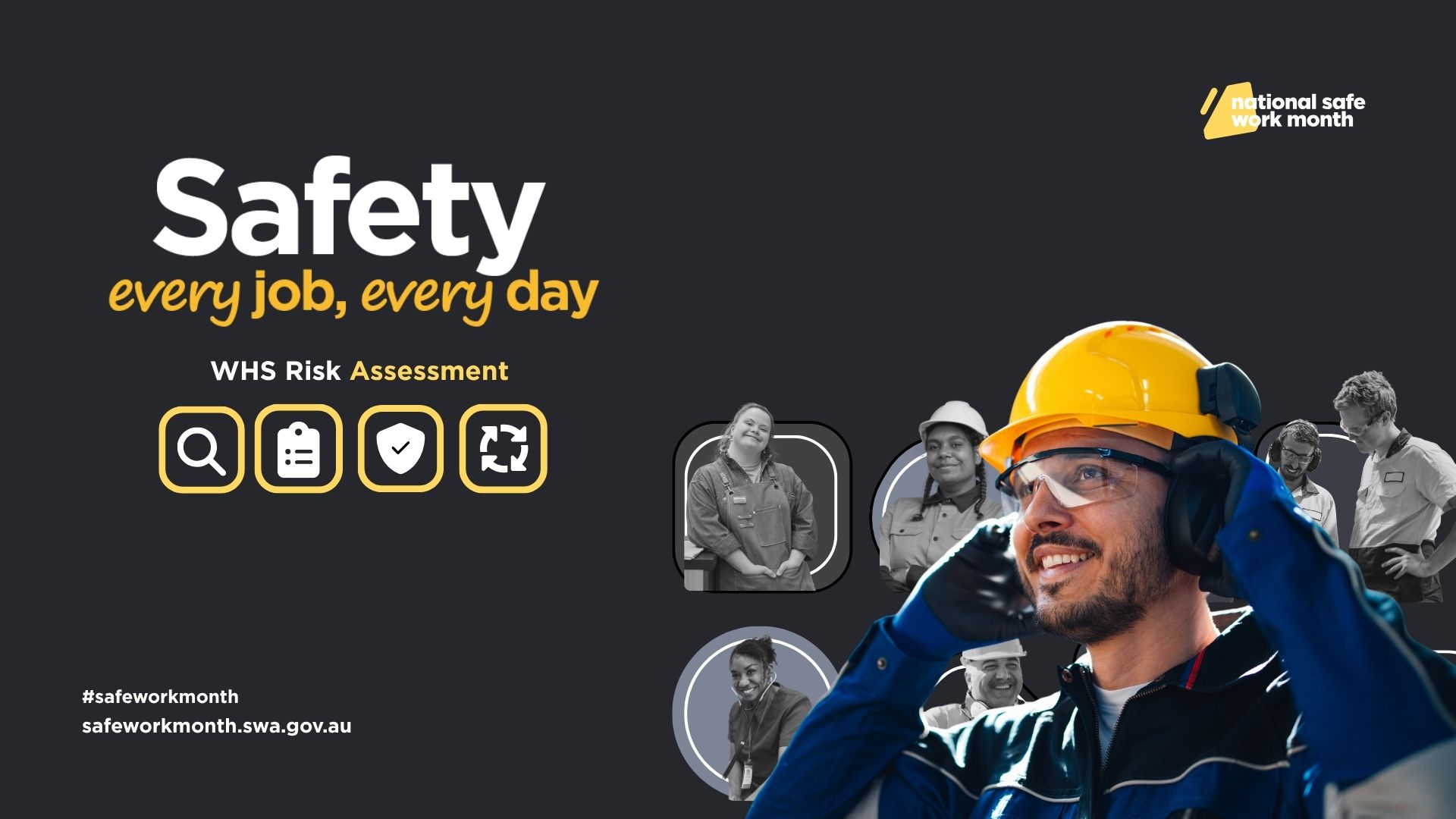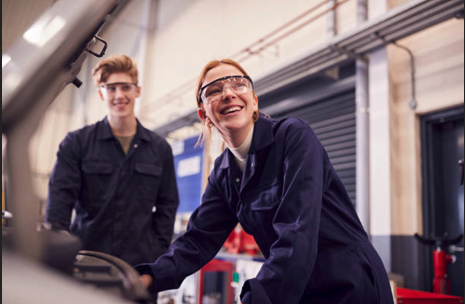Carbon monoxide safety alert: a silent threat in your workplace
SafeWork SA warns employers about the risks of fuel-powered vehicles and machinary indoors after carbon monoxide poisoning incidents.

The following is an abridgement of an article originally published by SafeWork SA.
The hidden danger of carbon monoxide in workplaces
A series of carbon monoxide poisoning incidents, including a fatal workplace event, has led SafeWork SA to caution against the indoor use of fuel-powered machinery. This invisible threat can accumulate to lethal levels in enclosed spaces, posing a significant health risk to workers.
Risks and Symptoms
Carbon monoxide is undetectable by human senses, making exposure particularly insidious. Symptoms of poisoning range from headaches and dizziness to increased heart rate and muscle weakness, which can impair judgement and coordination. When removed from carbon monoxide exposure, most people will make a rapid and full recovery.
However, when a person is unaware of carbon monoxide inhalation, they can be at a higher risk of accumulative effects of continued exposure such as:
- recurring headaches
- increased irritability
- impaired judgement
- insomnia
- in pregnant women, impacts to the fetus, including increased incidence of miscarriage
In severe cases, carbon monoxide poisoning can lead to suffocation and death.
Safety solutions

Regulatory standards
Employers and PCBUs (person conducting business or undertaking) are mandated to keep carbon monoxide levels below 30 ppm over an eight-hour shift to protect workers’ health.
Preventative measures
To mitigate risks, employers should consider:
- Replacing fuel-powered equipment with electric alternatives.
- Improve ventilation in enclosed or poorly ventilated areas.
- Engage an occupational hygienist to assess the workplace with air monitoring and provide control measures.
- Install carbon monoxide detectors.
- Maintain fuelled equipment with servicing and inspections to prevent emissions.
Regular workplace assessments by qualified professionals are also recommended.
Worker education and consultation
It is crucial to educate workers about the dangers of carbon monoxide and establish clear procedures for responding to alarms and reporting incidents.
Further information
For more detailed information, refer to SafeWork SA’s guidelines.
Sources
Carbon Monoxide Safety Alert by SafeWork SA, 25th March, 2024.





